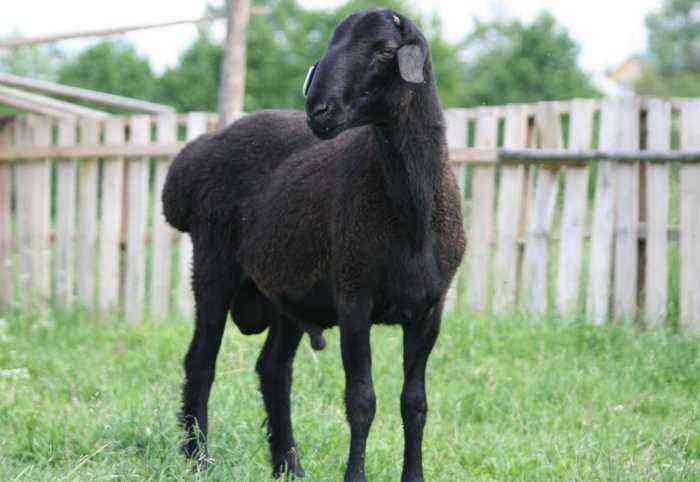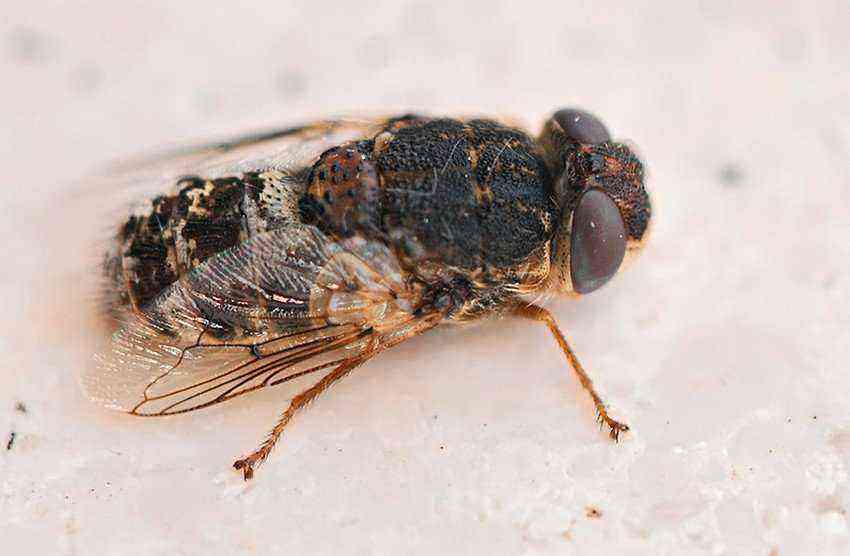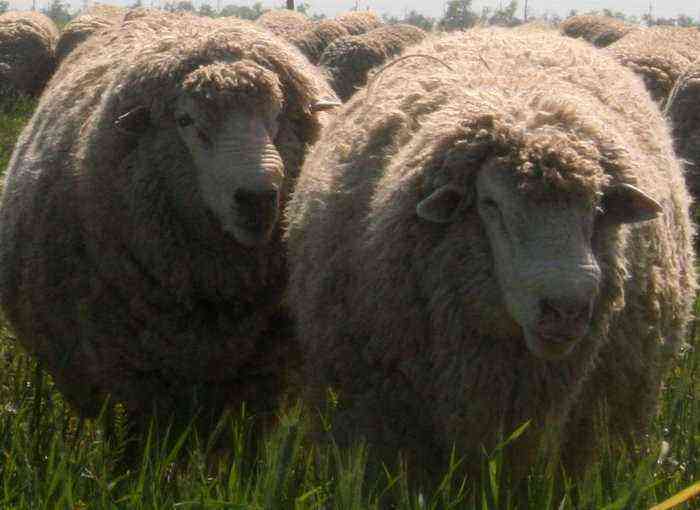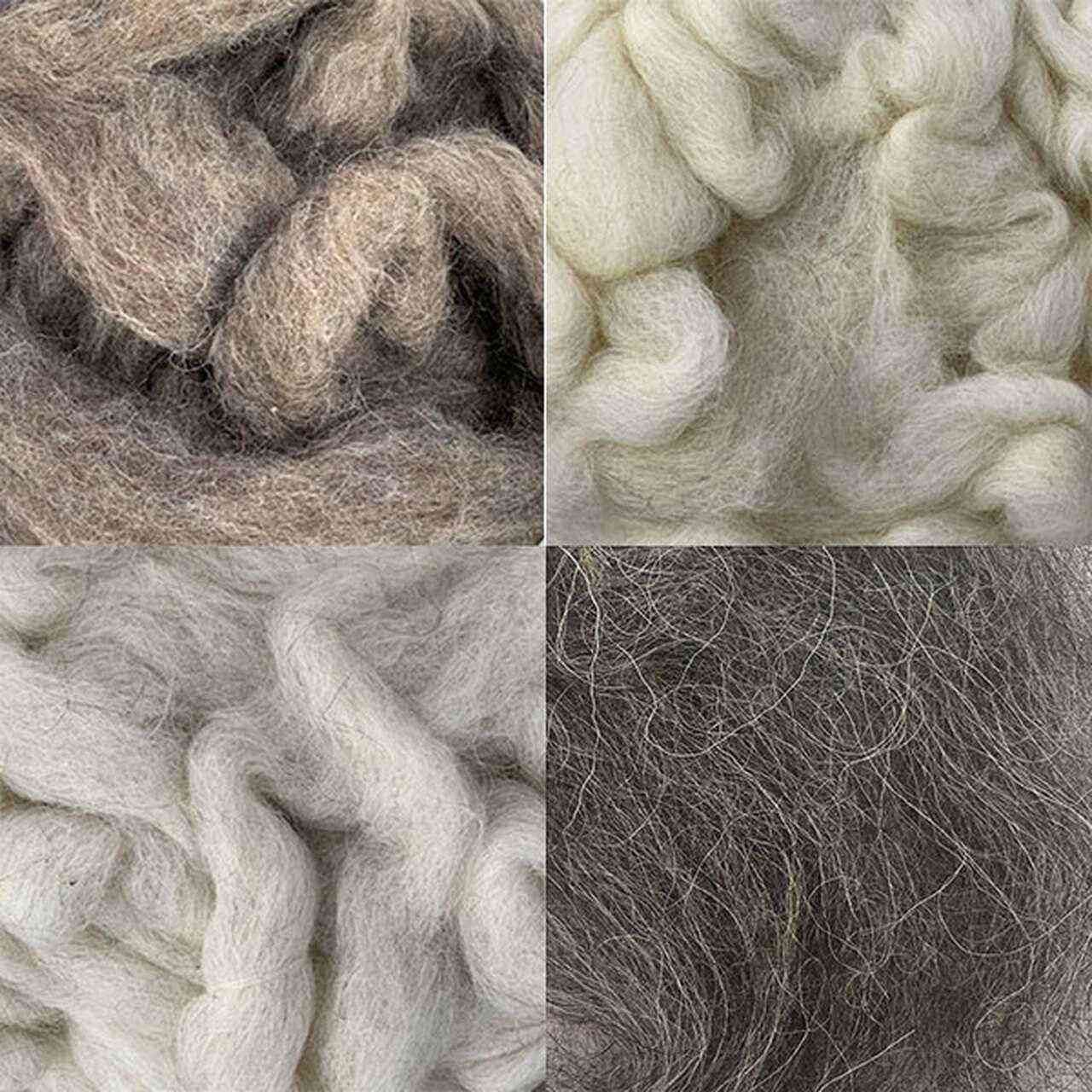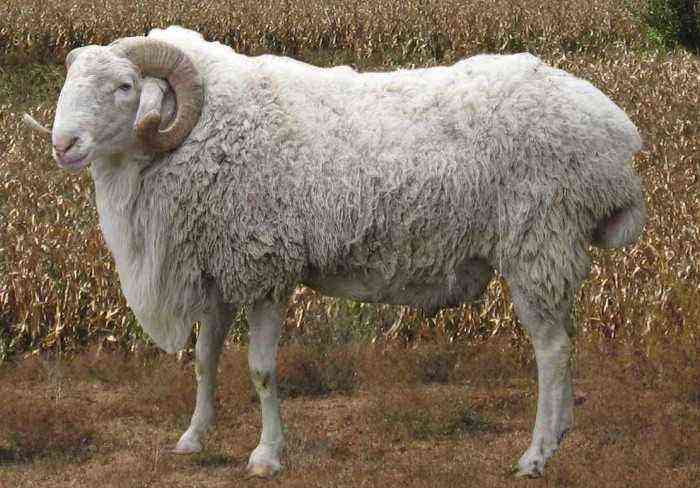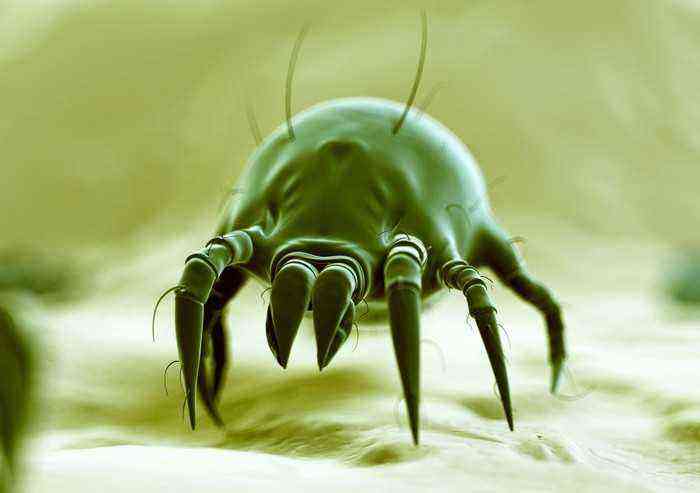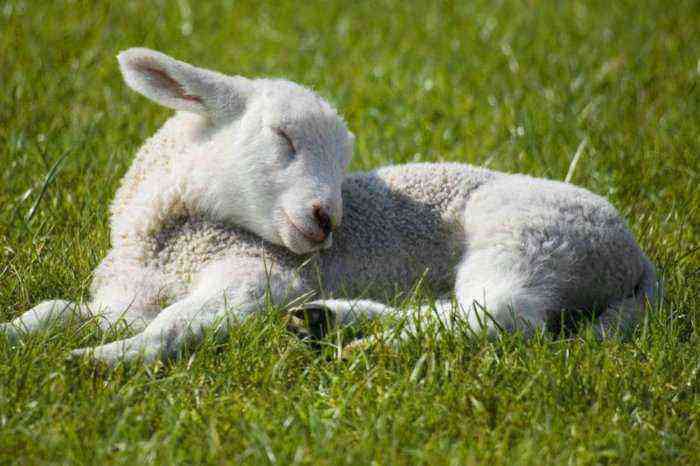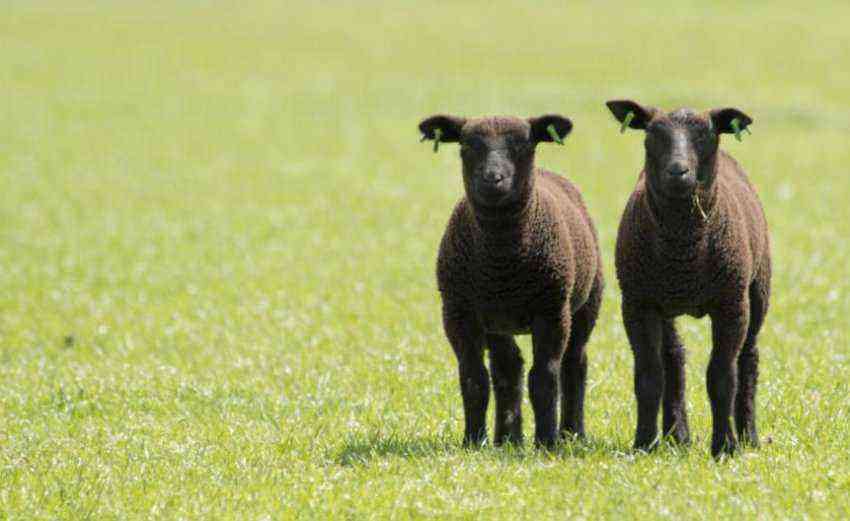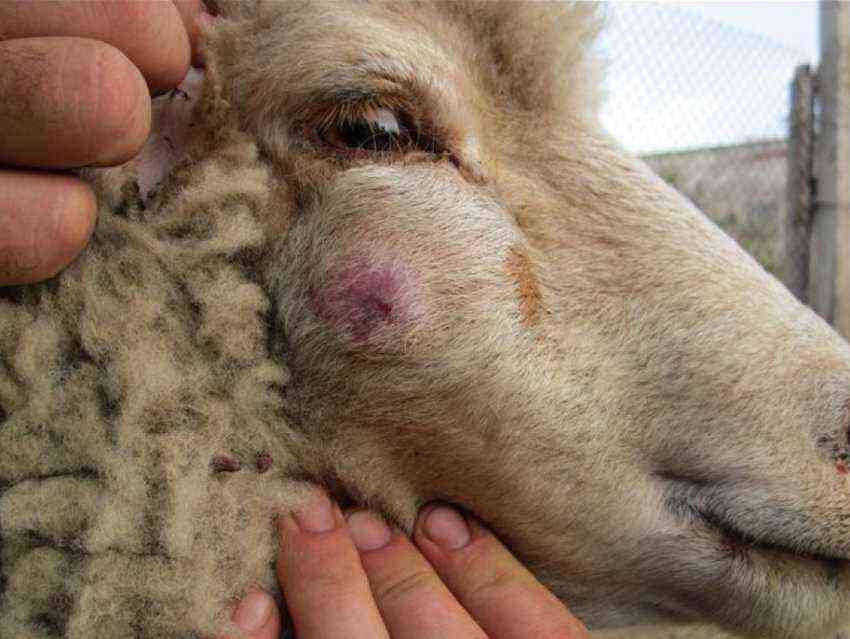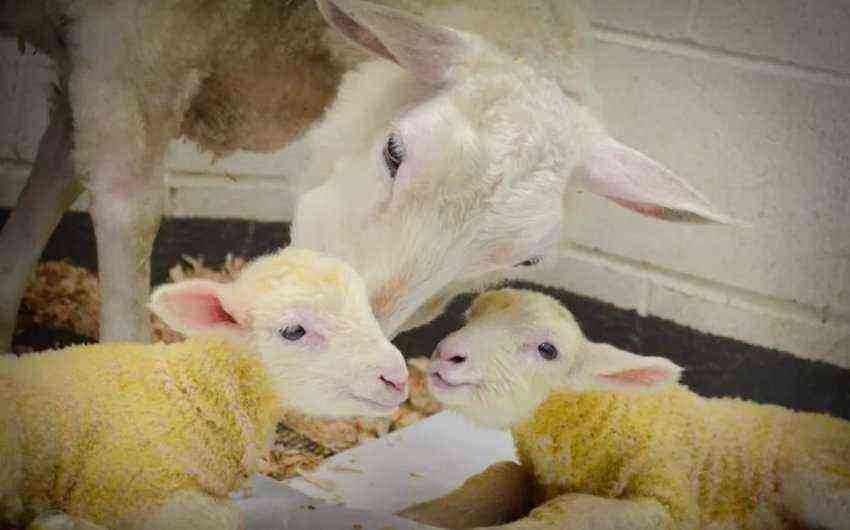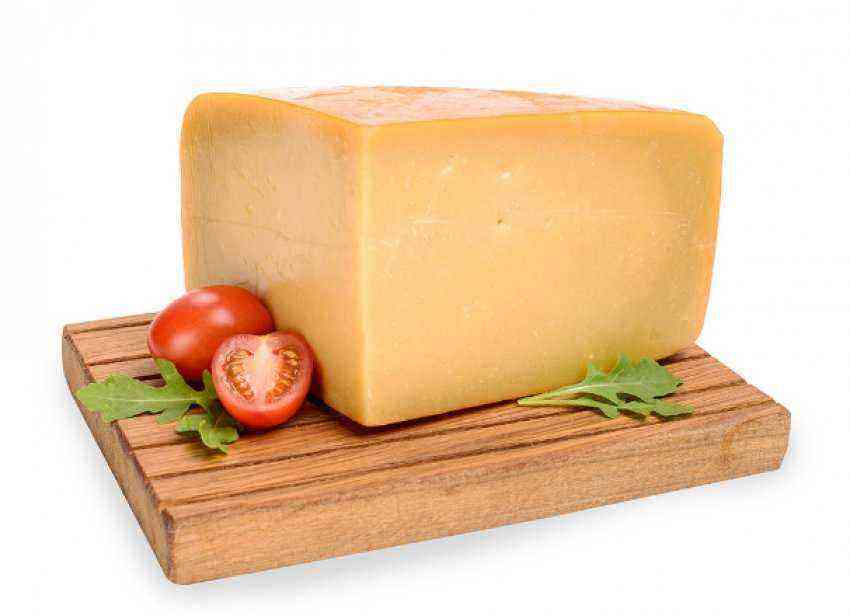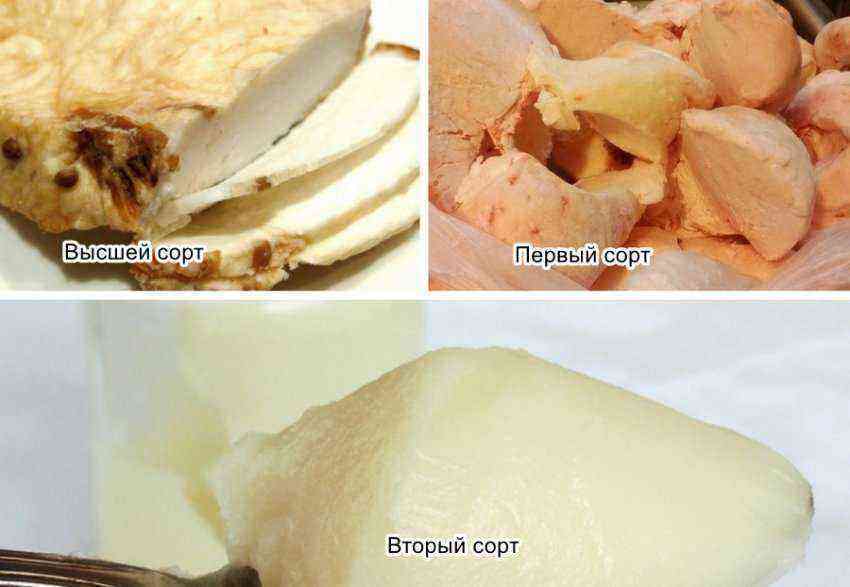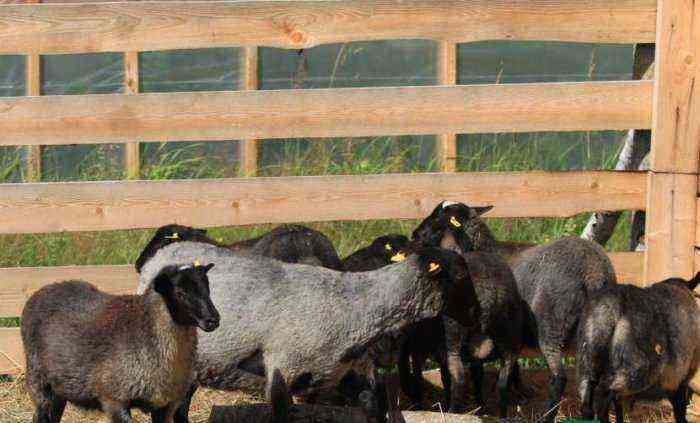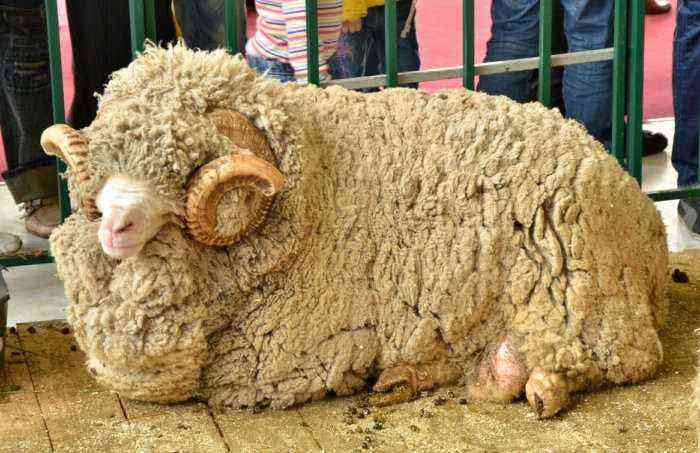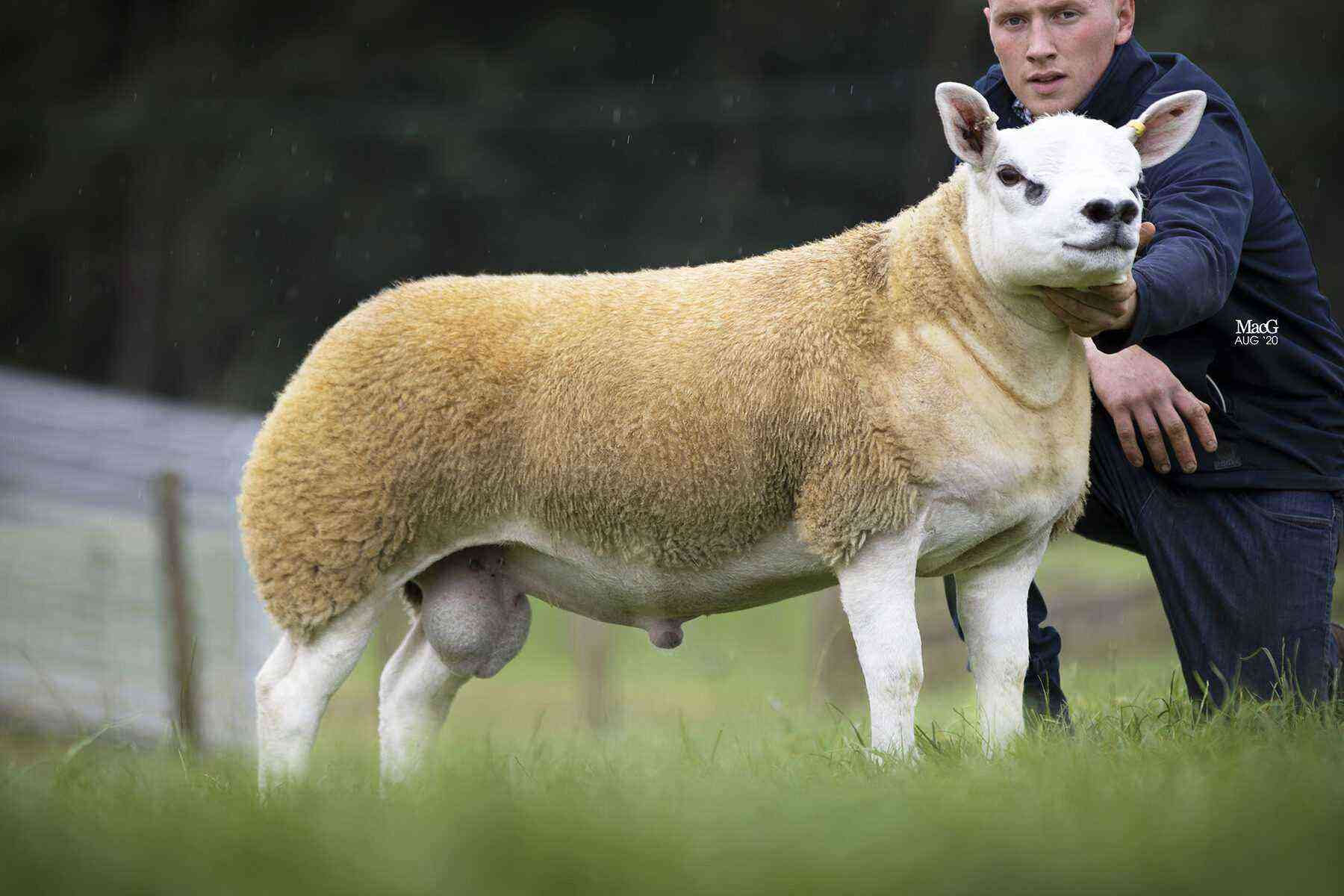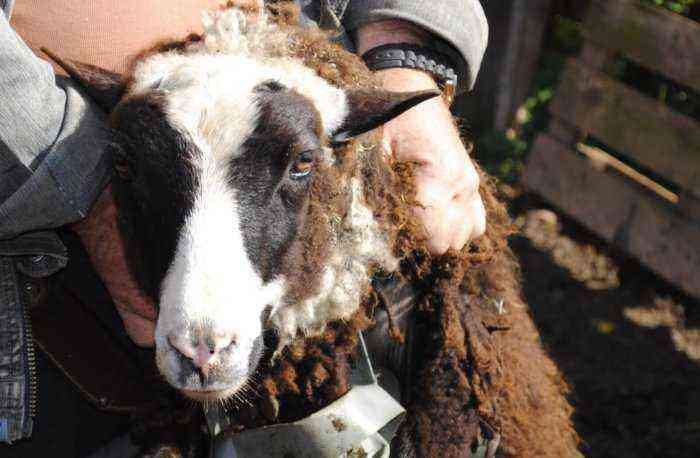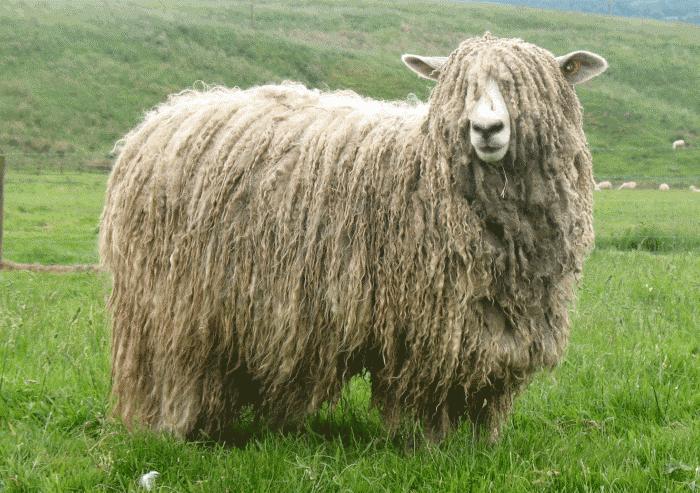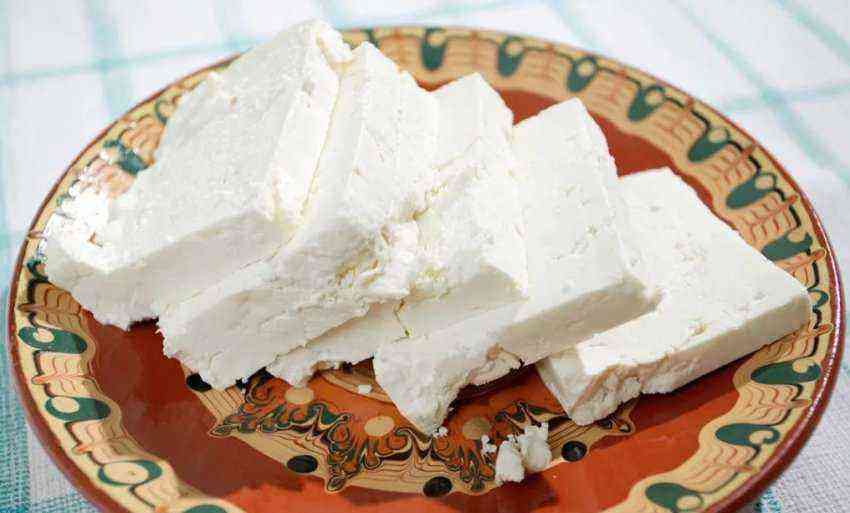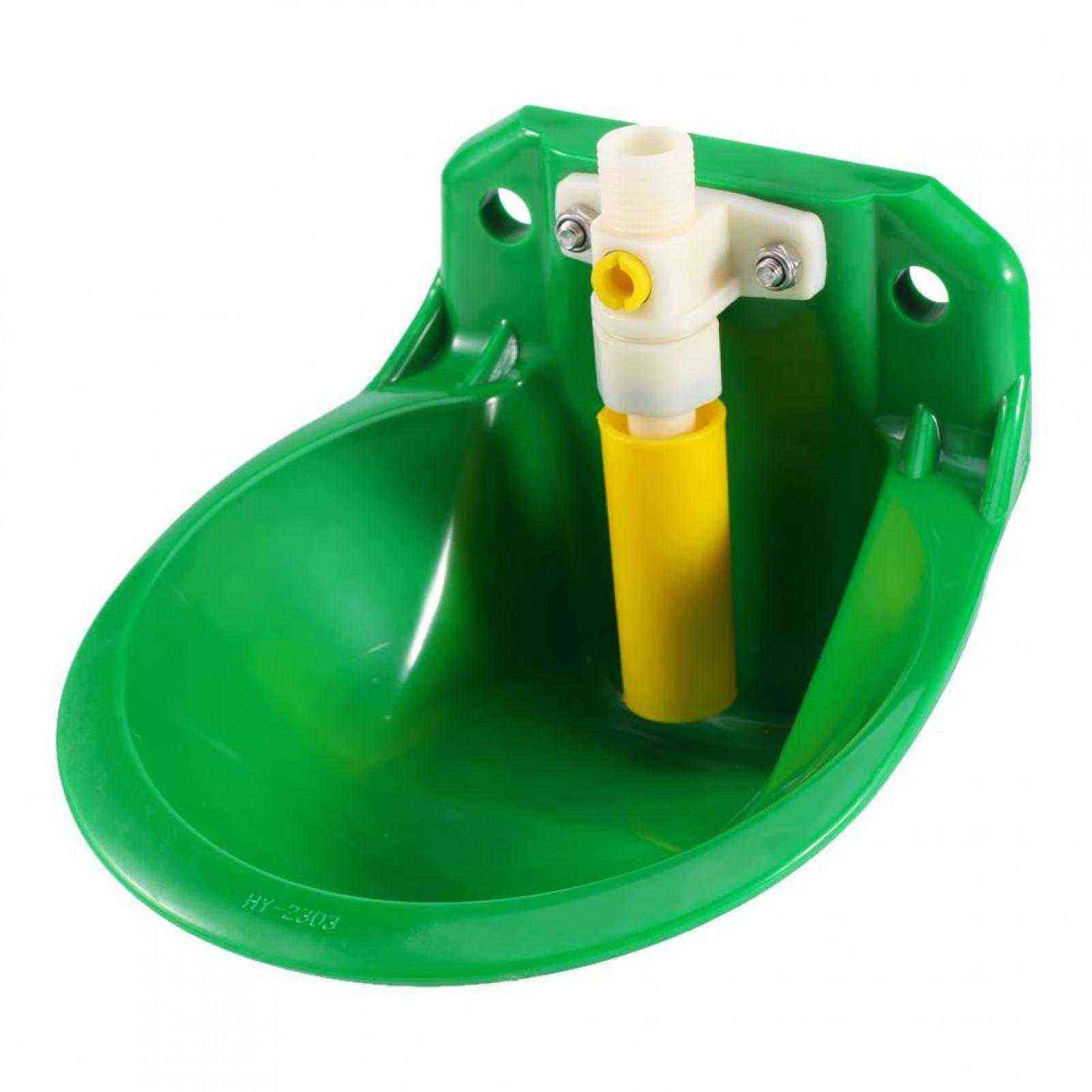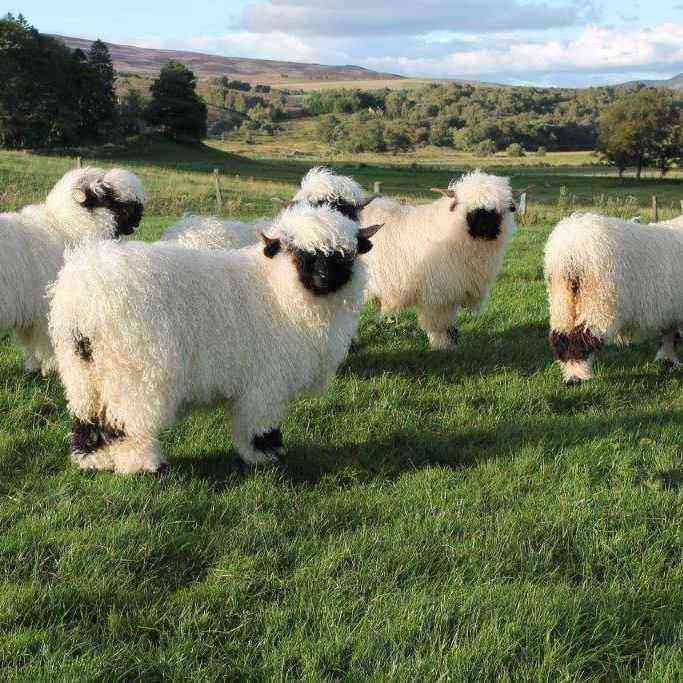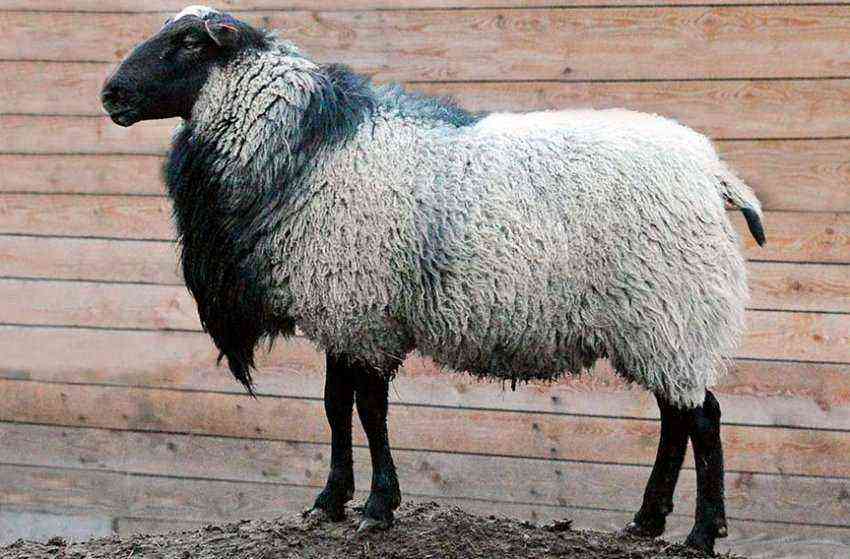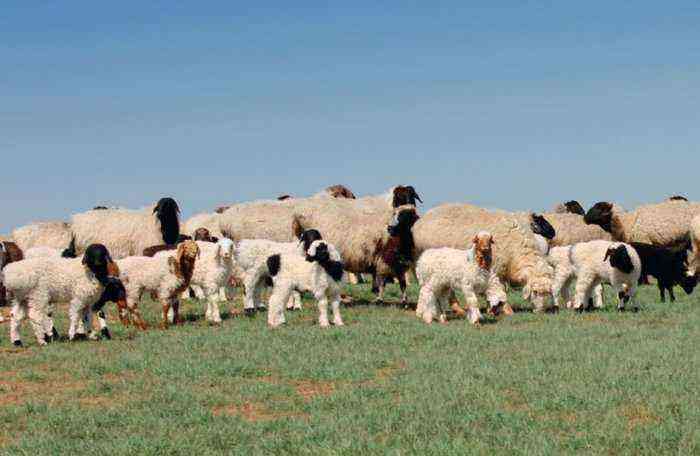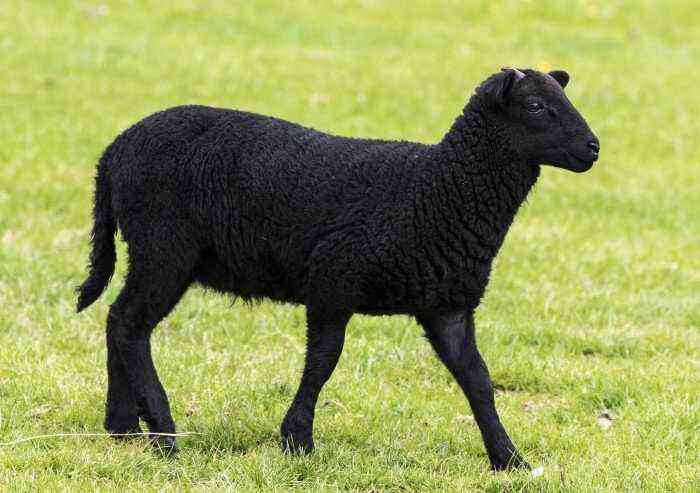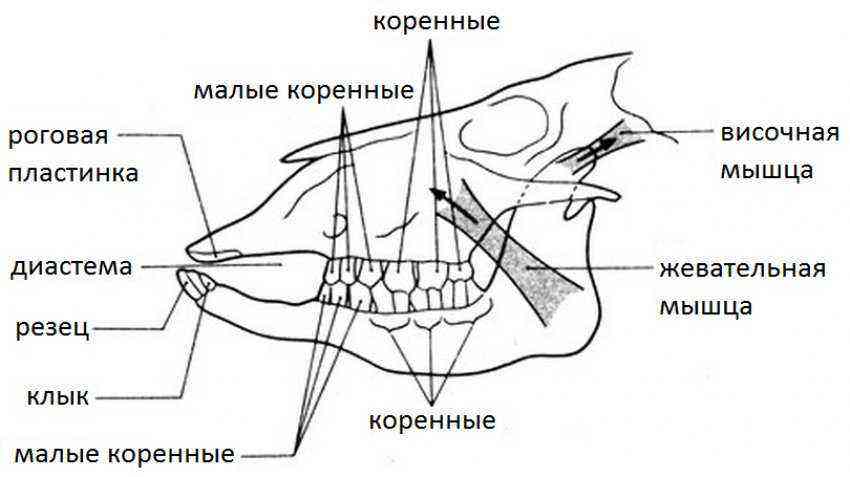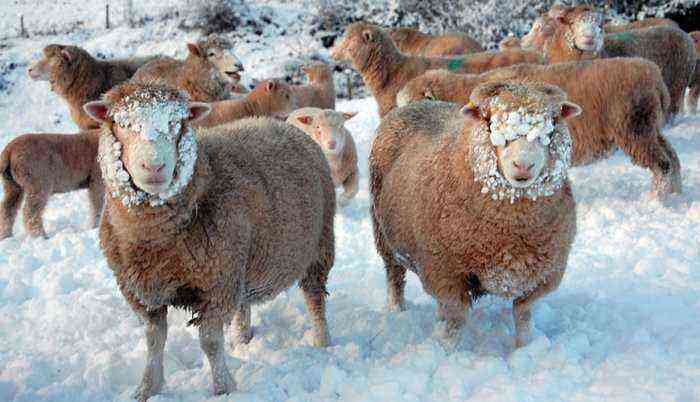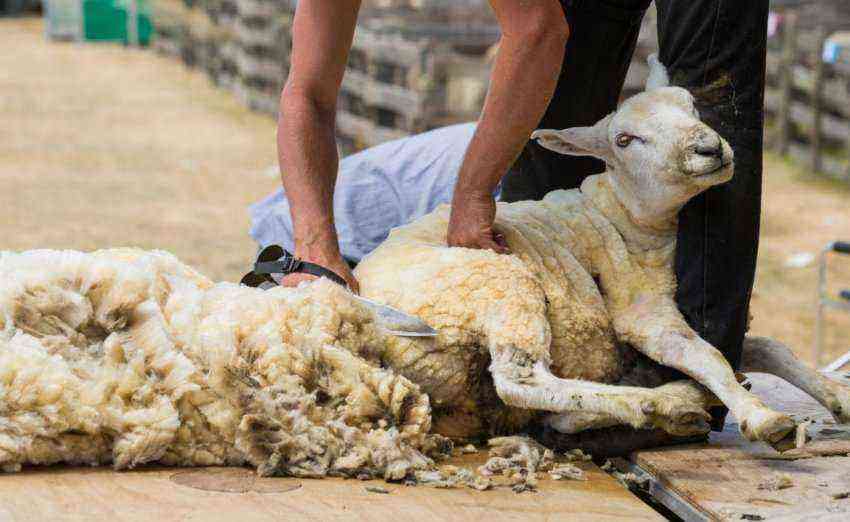Modern texel sheep are the fruit of the labor of British breeders. Once they managed to create a breed that is now highly valued for the excellent quality of meat and high productivity of both meat and wool. The characteristic features of the breed, its advantages and disadvantages, we will consider further.
Modern sheep texel
History of the breed
The Texel sheep breed is ancient. It is believed that this species has existed since the time of the Roman Empire, although modern representatives are very different from their ancestors. For several centuries, attempts have been repeatedly made to improve the productive qualities of these animals. The French and Dutch made their contribution to the creation of the breed. In the 19th century, when the animals came to the British Isles, the British came to grips with breeding work.
At that time in Europe there was a demand for lean lamb, so breeders set out to create a breed of sheep that would have a high rate of meat productivity. The main goal was to reduce the fat layer. The sheep were crossed with representatives of the Lincoln, Wensleydale, Leicester and Kent breeds. As a result, large texel sheep were obtained. This name was given to them, thanks to the island from which the animals were once brought to the territory of Britain.
Characteristics and features
This type of productivity refers to the meat and wool direction. They have several distinctive features:
- The head of the animals is small, but wide, white, the nose is black. Dark spots may be present on the auricles and on the rim of the eyes.
- Hair on the muzzle is absent, as well as between the ears.
- The hair on the limbs is always white. The presence of blackouts in the area of uXNUMXbuXNUMXbthe joints is allowed.
Texel sheep have a strong build. The shape of the body is rectangular, the line of the back is even. The lumbar region is slightly narrowed. The muscular corset of animals stands out well. The limbs are short, strong, muscular. Their fur is short and white.
There are 3 types of texel sheep:
- English
- French;
- Dutch.
Species differ from each other in height and body proportions. The largest and tallest are the Dutch Texel sheep, although their limbs are much shorter than those of the English.
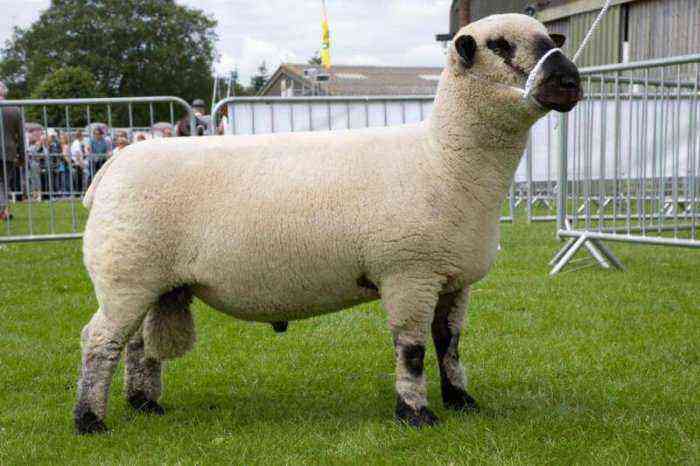
Texel sheep have a strong build
Breed characteristics:
- males are much larger than females, growth at the withers reaches 87 cm, and in ewes – 73-75 cm;
- wide powerful chest;
- compact white head;
- auricles of small size, located horizontally;
- the average weight of an adult ram is 130-150 kg, sheep – 70 kg;
- the wool is semi-thin, strongly crimped, the color is white, blue, sand.
The nature of these animals is peaceful, they are undemanding to care and extremely hardy. Texels on grazing do not bunch up, but disperse over the pasture, they are comfortable alone. However, they do not go far from the shepherd. Sheep of this breed are not afraid of cold and wind, warm wool reliably protects them from colds. They are distinguished by strong immunity.
Productivity
Texel is one of the best breeds of meat and wool direction. Starting from an early age, a developed muscular corset is formed in lambs, which persists with age. Their meat does not contain a large amount of fat, therefore it is devoid of an unpleasant odor. It is juicy and tender.
Attention! The slaughter yield of meat is 62%.
In addition to meat, animals provide the farmer with wool. Their fleece is semi-thin, soft, strongly crimped, belongs to the 56th class. The length of the fibers is average – 5-7 cm. The average annual shearing of texel for rams is 7 kg, for sheep – 5 kg.
Shearing of animals is usually carried out in early summer. At this time, the fleece reaches the desired condition. Experienced farmers recommend cutting the wool at the very base.
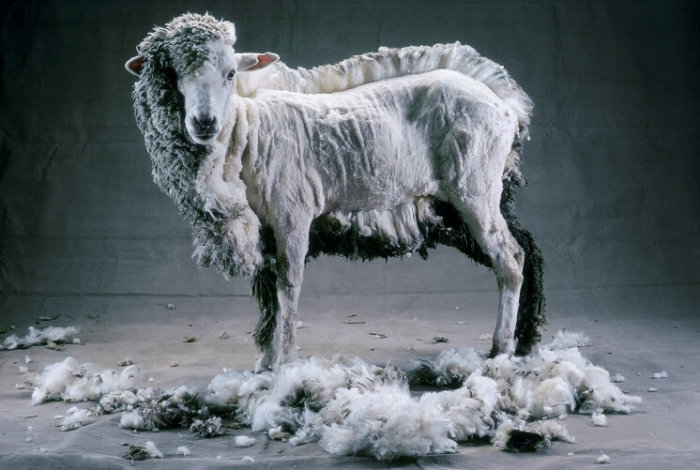
Experienced farmers recommend cutting the wool at the very base.
Advantages and disadvantages
For two hundred years, the best representatives of the Texel breed have been carefully selected for the tribe in the farms of Europe. Thanks to such painstaking work, they managed to achieve good results – the breed has clear advantages over others:
- high rate of slaughter meat yield – 62%;
- excellent taste qualities of meat products;
- the breed easily adapts to any climatic conditions;
- coat uniformity;
- the annual clipping rate is above average;
- endurance;
- when crossing, animals easily pass on their best traits to their offspring.
Despite the advantages, texel sheep also have disadvantages, for example:
- Small increase in livestock. Each ewe can produce only one lamb each year.
- Heavy eye.
- Slow weight gain. Upon reaching the age of three months, the average daily weight gain is only 300 grams.
- There are no purebred Texel sheep in Russia, and it is very expensive to bring them from Europe.
Features of the content
Sheep and rams texel are undemanding to the conditions of detention. All they need is a spacious pasture in summer and a dry and warm sheepfold in winter. A suitable temperature inside the barn is +8 degrees and above.
Attention! For ewes that are preparing for lambing, they allocate a warm room. Well, if the thermometer there does not fall below 16 degrees Celsius.
In summer, animals feed on grass in pastures. If the vegetation is sparse, then the sheep will have to be supplemented, offering concentrated feed in the evening. In winter, animals are fed 3 times a day, and the diet consists of:
- hay;
- root crops and vegetables;
- grain crops.
Clean drinking water must be available at all times. It is important to consider that each adult drinks 7-10 liters of water per day.
Breeding
Sheep and rams of this breed happen at the age of one and a half years. Mating usually occurs between September and January. After 5 months, from 1 to 3 lambs are born. Since the cubs have a wide head, which makes it difficult for them to move through the birth canal, the farmers invite the veterinarian to be present at the birth.
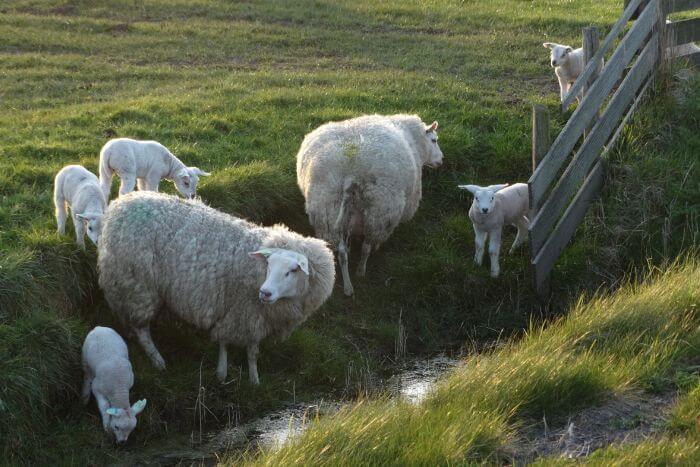
Sheep texel with lambs in the pasture
Babies who have just been born are ready the very next day to go for a walk with their mother, to the pasture. They are growing fast. In the first 3 months of life, their daily weight gain reaches 400-600 g, but further weight gain slows down.
For the tribe, the strongest individuals without physical defects are selected. The advantage is given to those who are characterized by rapid growth and weight gain.
Attention! During the lambing of texel sheep, veterinary care will be required.
There are no purebred Texel sheep in Russia and Ukraine. They are bred in some European countries, in America, Australia. Perhaps in the coming years, something will change, and domestic farms will have the opportunity to purchase thoroughbred sheep of the meat and wool direction.


